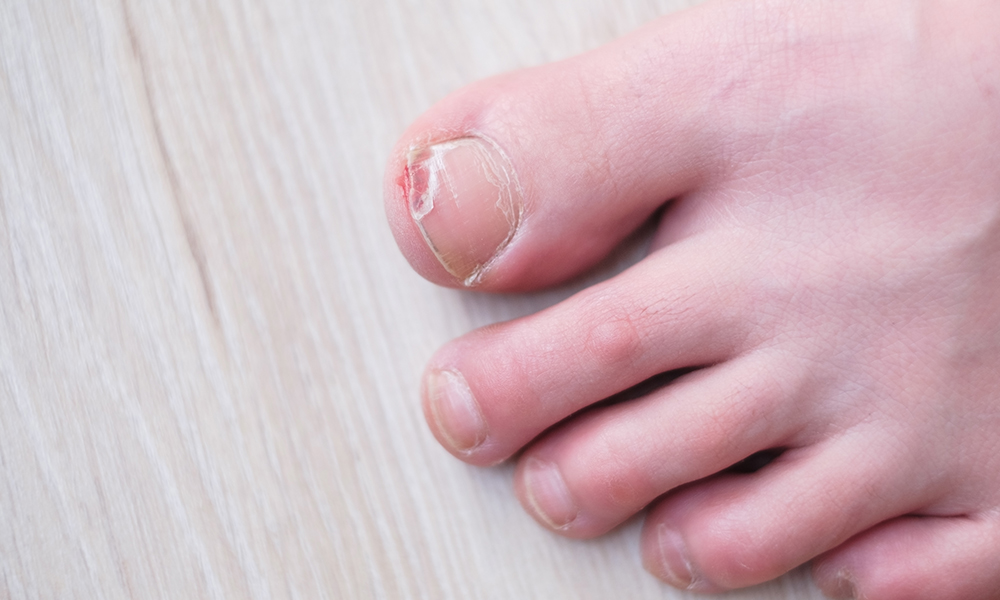-
 Toll Free No 9146-744-744
Toll Free No 9146-744-744 - Appointment
One common foot problem that needs a quick yet simple surgery is an ingrown toenail. It happens when the toenail's top corner or side develops into the underlying flesh. Ingrown toenail most frequently results from:
The best option for people who experience chronic and repeated ingrown toenail difficulties is an MIS (Minimally Invasive Surgery) ingrown toenail surgery. If traditional and non-invasive treatments are unable to stop persistent discomfort and pain, surgery to remove the nail edge (which doesn't grow back) could be a better long-term solution.
Typically, a local anesthetic is used during the procedure.
It is hardly a 10 minutes surgery and may include one or more of the following methods.
Your entire toenail is removed during nail avulsion.
Wedge excision: Removing the corner of the tissue from which your toenail grows and a portion of your toenail that is growing into the skin.
Nail-bed ablation: Removing a portion or the entire toenail, followed by the application of a chemical (often phenol) to the area of tissue where the toenail develops. You could also undergo surgery or Electrocautery, which removes damaged tissue by heating it with an electric current.
The Zadek method involves removing the entire toenail and then slicing away the tissue where the toenail develops.

To reduce patients' pain and fasten recovery, minimally invasive surgical techniques are now being researched and developed all over the world. Orthopedic and podiatric doctors have used the MIS surgical approach to treat ingrown toenails. Patients who undergo minimally invasive surgery can continue their regular daily activities after returning home the same day. Patients that receive MIS have been observed to heal rapidly and with minimal to no possibility of infection in the future.


As the procedure is done under anesthesia, your foot will be under its effects for some time affecting your ability to use car operation pedals. Thus, it is not recommended for patients to drive home post-surgery.
Due to the bulk dressing on the toe, the patient finds it difficult to wear normal shoes for work. Hence, we suggest wearing open-toe footwear for the next 3-5 days due to the bulk dressing on the toe.
Although ingrown toenails sometimes run in families, you can still develop them even if no one in your family has ever had them before. wearing ill-fitting footwear and improper hygiene of the foot causes ingrown toenails.
Ingrown toenails can be brought on by trauma (such as jamming or stubbing your toe), wearing ill-fitting shoes, and hereditary. Improper nail cutting is one of the most common causes of ingrown toenails. Ingrown toenails can also be caused by a bone spur under the nail.
It is not suggested to perform an at-home ingrown toenail cut. It's a common misconception that slicing a "v" into the nail's corner will solve the issue. The growth of new nails is unaffected by the "v" cutting shape. The nail will only keep growing lower and causing greater discomfort.
In both treatments, the entire nail border is removed, but in the permanent method, phenol is used to help stop the nail corner from regrowing.
Most certainly not, however, there is a little possibility. The chemical that is put in the nail's corner stops the nail's regrowth.
OUR PROCESS IS EASY contact us for More information.
Copyright © 2023 hospione.com - All Rights Reserved | Developed by Digital Marketing StudioGenix LLP